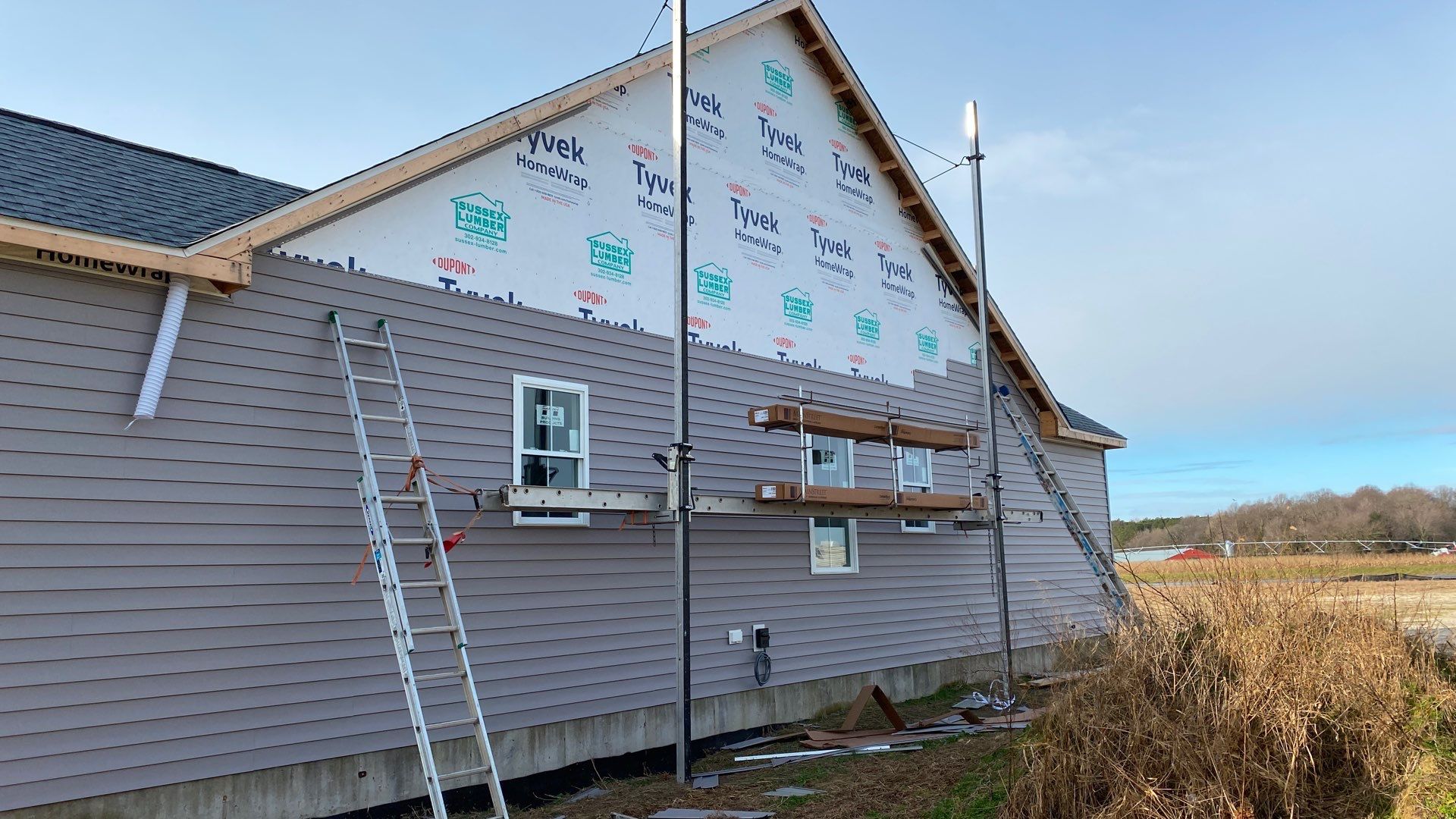Benefits of insulated siding extend far beyond mere aesthetics. This comprehensive guide explores the significant advantages of choosing insulated siding for your home, from substantial energy savings and enhanced comfort to increased home value and a reduced environmental footprint. We will delve into the specifics of how insulated siding improves energy efficiency, reduces costs, enhances home comfort, and contributes to a more sustainable lifestyle. Prepare to discover why insulated siding is a smart and worthwhile investment.
By understanding the thermal properties of insulated siding, its sound-dampening capabilities, and its long-term cost-effectiveness, you can make an informed decision about whether it’s the right choice for your home improvement project. We’ll also explore the aesthetic benefits, showcasing how insulated siding can enhance your home’s curb appeal and overall value.
Energy Efficiency
Insulated siding significantly reduces energy consumption by creating a thermal barrier between your home’s interior and the outside environment. This results in lower energy bills year-round, both in heating during colder months and cooling during warmer months. The reduction in energy usage translates directly to cost savings and a smaller carbon footprint.
Insulated siding minimizes heat transfer through several mechanisms. The insulation material itself acts as a resistor to the flow of heat, slowing down the rate at which heat escapes your home in winter and enters in summer. This is achieved through the insulation’s low thermal conductivity, which is a measure of how easily heat can pass through it. The air pockets within the insulation material also contribute to its effectiveness, trapping air and reducing convective heat transfer. Furthermore, the siding’s outer layer provides an additional barrier against radiant heat transfer, reducing the amount of solar heat absorbed by the home’s exterior walls.
R-Values of Common Siding Materials
The R-value of a material indicates its resistance to heat flow. A higher R-value means better insulation. The following table compares the R-values of various siding materials, along with cost and durability considerations. Note that the cost and durability can vary significantly depending on the specific product and installation.
| Material | R-Value per inch | Cost (Relative) | Durability (Relative) |
|---|---|---|---|
| Vinyl Siding | 0.0-0.5 | Low | Medium |
| Wood Siding | 0.91 | Medium | High |
| Fiber Cement Siding | 0.0-0.5 | Medium-High | High |
| Insulated Vinyl Siding | 2.0-4.0 | Medium-High | Medium |
| Insulated Fiber Cement Siding | 2.0-4.0 | High | High |
Examples of Insulation Types in Siding
Several insulation types are commonly used in insulated siding. Expanded polystyrene (EPS) and extruded polystyrene (XPS) are popular choices due to their high R-values and relatively low cost. Polyisocyanurate (polyiso) is another effective option, offering even higher R-values than EPS and XPS. These materials are often incorporated into the siding panel itself, creating a seamless insulated system.
Comparative Illustration of Heat Flow
Imagine two illustrations, side-by-side, representing heat flow through standard and insulated siding.
Standard Siding: This illustration shows a house wall with standard siding. Red arrows, varying in thickness, represent heat flow, with thicker arrows indicating greater heat transfer. Arrows are shown flowing readily from the warm interior to the cold exterior in winter, and vice-versa in summer. The color of the wall is a light grey to indicate minimal insulation.
Insulated Siding: This illustration depicts the same house wall, but now with insulated siding. The wall is shown in a darker grey to indicate better insulation. The red arrows representing heat flow are significantly thinner and less numerous, illustrating the reduced heat transfer. The insulation layer is depicted as a distinct lighter colored band within the wall, clearly showing its role in slowing down heat transfer. A small number of thinner arrows are shown passing through the insulation, demonstrating that some heat transfer still occurs, but at a greatly reduced rate. This visual comparison clearly demonstrates the superior energy efficiency of insulated siding.
A hypothetical example: A homeowner in Minnesota with a 2000 sq ft home using standard vinyl siding might spend $300/month on heating in winter. Switching to insulated siding with an R-value of 4.0 could potentially reduce this cost to $200/month, representing a $100/month savings. This is a simplified example and actual savings will vary based on many factors, including climate, home size, and energy usage habits.
Final Conclusion
Investing in insulated siding offers a multifaceted return, encompassing financial benefits, enhanced comfort, environmental responsibility, and aesthetic improvements. From reduced energy bills and lower maintenance costs to a more comfortable living environment and increased property value, the advantages are compelling. By carefully considering the various factors discussed—energy efficiency, cost savings, durability, and environmental impact—homeowners can confidently make a decision that aligns with their individual needs and long-term goals. Ultimately, the choice to install insulated siding represents a smart investment in the present and future of your home.
